The last of our three sets of visiting friends have now left. It has been a month of celebratory eating and drinking under the guise of Chinese New Year. An excuse to pacify my anxiety from consuming five Peking ducks in the span of three weeks. I took my first Chinese New Year in Hong Kong to another level of gluttony. I even managed to make traditional dishes in between visiting restaurants: dumplings, noodles, nian gao and a ten vegetable stir fry. I did not get around to cooking a fish but I did consume my favourite fish, black cod, and lots of spring rolls. I have consumed enough to set us up for a prosperous year of the pig, according to my interpretation of the purpose of all this eating.
Having worked in the business of wine, I would never be so extreme as to practice something as silly as ‘dry January’. In the UK people pledge and abstain from alcohol for an entire month-with 31 days no less, which requires a greater determination than I possess.
The equivalent here would be, a ‘dry March’, which would be grossly inconvenient especially if one is attending the Spring Wine Fair in Chengdu (Tang Jiu Hui), which comprises of the China Food and Drinks Fair and the International Wine and Spirits Show and is the largest domestic wine fair in China. (Inconveniently this fair overlaps Prowein Dusseldorf so it is near impossible to do both.)
Instead of restricting alcohol for an entire month, an alternative would be to enjoy lighter bodied wines to give the stomach and liver a little holiday from the antics of gluttony.
The trade-off for wines lower in alcohol is often higher acidities as cooler climates, with some exception due to the nature of a grape variety. In warmer climates, one can pick the grapes earlier like they do for Hunter Valley Semillon, which typically has alcohol levels of around 11%. Residual sugar is often found hand in hand to balance the acidity in white wines exemplified by German and New Zealand Rieslings with alcohol levels as low as 7.5% abv in Germany and 9.5% abv in New Zealand. I love acidity, most of my favourite grape varieties and wines are known for their racy acidities. I also drink a cup of hot water and lemon every morning when home based, which would have had some of our visitors reaching for their antacids.
For those that prefer whites that have lower acidity, I would recommend grape varieties such as Viognier, Gewurztraminer or Palomino Fino, the latter best expressed as Fino, Manzanilla, Amontillado and Oloroso Sherries, among other styles. Sherry, especially Fino and Manzanilla both pair wonderfully with Chinese cuisine due to their lower acidities and savouriness. My most memorable wine and food pairing of last year was Fino with a mala lamb neck dish with fresh green Sichuan peppercorns at a restaurant in Beijing. Fino complimented and soothed the numbing mala flavours, it was a truly a revelation.
Here the trade-off for lower acidity is higher alcohol levels of at least 15% and up to 20% due to fortification. In comparison, their alcohol levels are about a third of that of baijiu which is often consumed at meals in China.
There is less of a choice when it comes to lower alcohol red wines, excluding wines where alcohol has been deliberately removed, in which case grape juice is infinitely more palatable than a 0%-0.5% alcohol wine.
If you must sacrifice stillness and often dryness for lower alcohol in reds, there is sparkling Lambrusco from Italy with around 11% abv that ranges from dry to sweet. I personally prefer still dry reds so quite happily end up with a cool climate Pinot Noir as my lighter red choice. Pinot Noir also has lighter tannins making the wine appear silkier on the palate and less drying. Gamay (Beaujolais), Cabernet Franc (Loire), Cinsault and Grenache (depending on the region) are other exploratory grape variety suggestions for lighter style reds.
If tannin is an issue, then besides the obvious suggestion of sticking to white wines, there is the whole category of rosé wines. There is less selection here (HK) than in the US or the UK, logically due to demand. When buying rosés here, vintages will need scrutinising. Be on the lookout for 2018s soon or settle for 2017s at the entry or moderate price range, but nothing older. Examine the colour of the rosé wine, especially if it has been sitting under lights in a clear bottle. A brown tawny tinge is a sign that the fruit is likely tired and has faded.
To share with you my ‘moderate March’ buys: a bottle each of Fino, German Riesling Kabinett (dry), Champagne and a Gippsland Australian Pinot Noir were added to my dwindling sake selection. Less may be more but abstinence will never be anything more than zero. My life is too short to be a month without wine and my justification is that I am back to human sized meals, my beloved swimming pool and a moderate March.
Translated by Sylvia Wu / 吴嘉溦
All rights reserved by Future plc. No part of this publication may be reproduced, distributed or transmitted in any form or by any means without the prior written permission of Decanter.
Only Official Media Partners (see About us) of DecanterChina.com may republish part of the content from the site without prior permission under strict Terms & Conditions. Contact china@decanter.com to learn about how to become an Official Media Partner of DecanterChina.com.

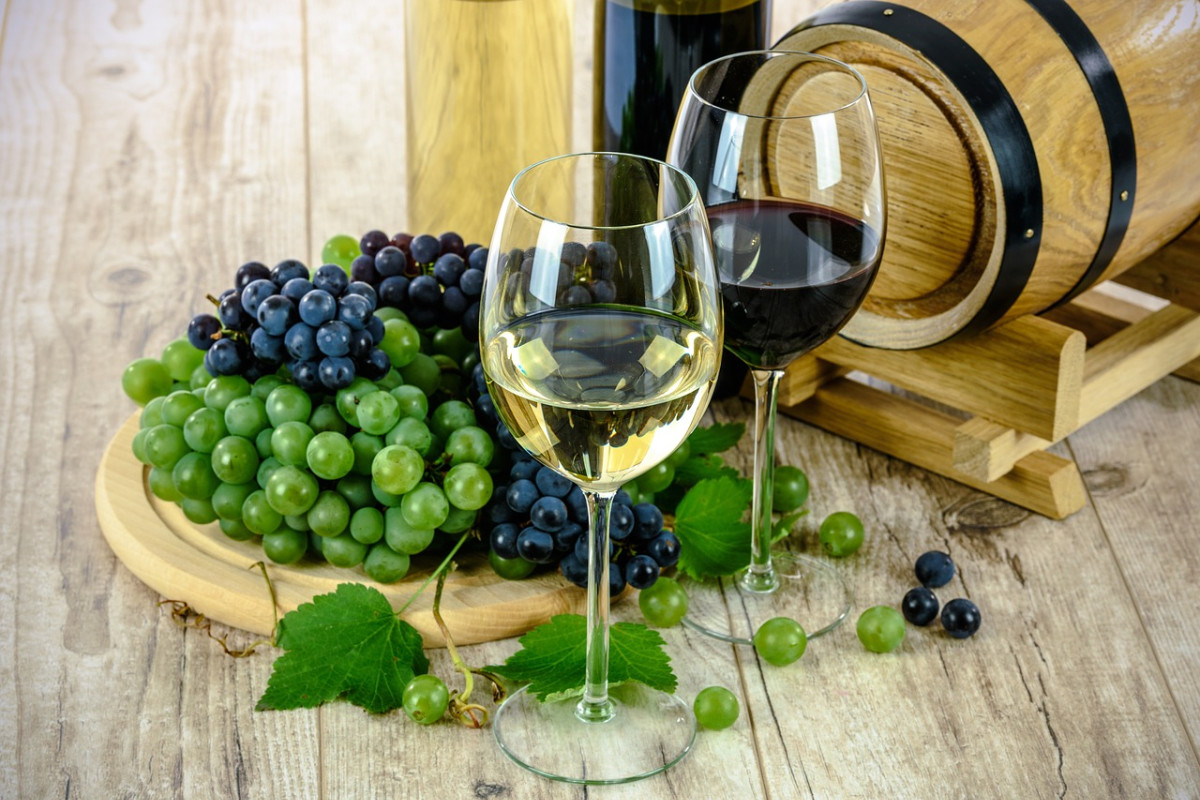
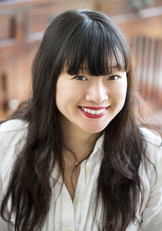
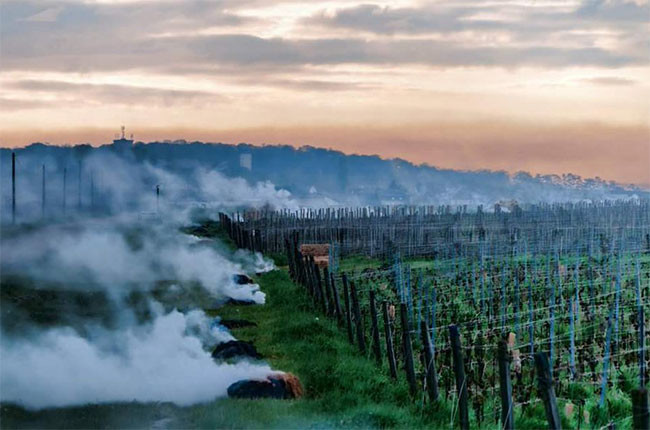
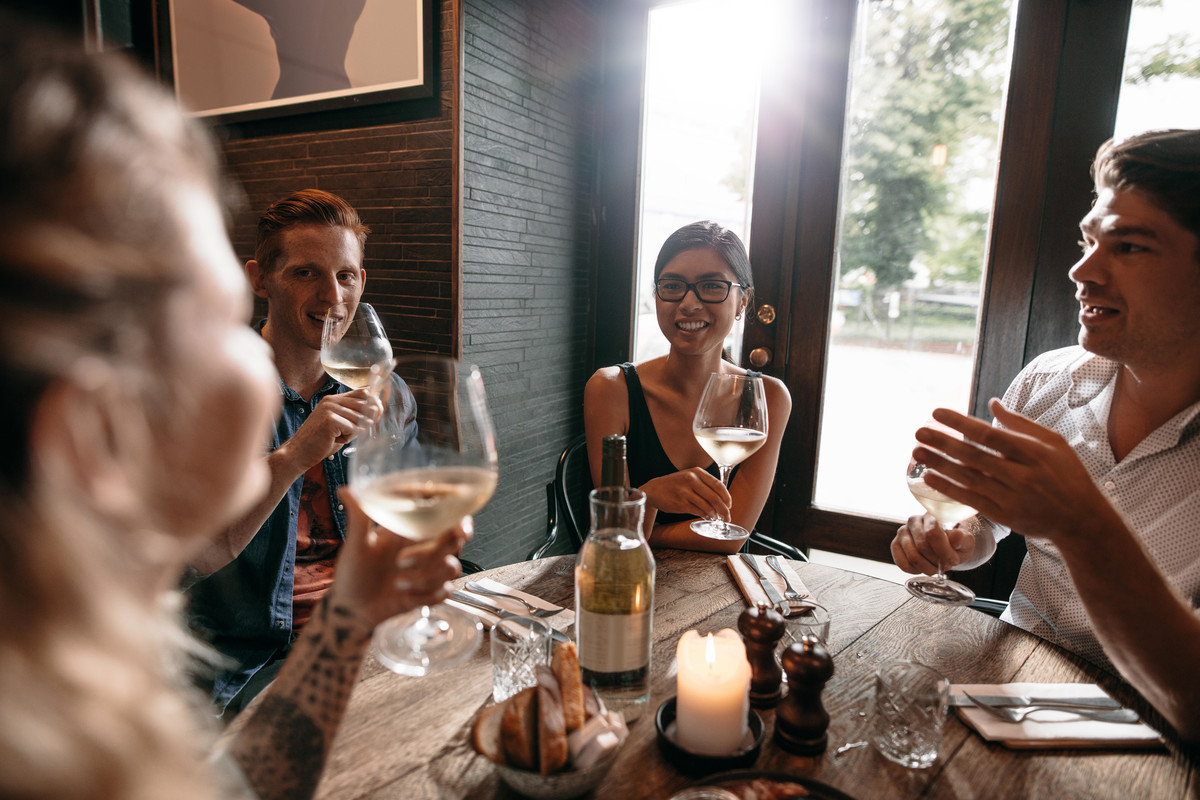
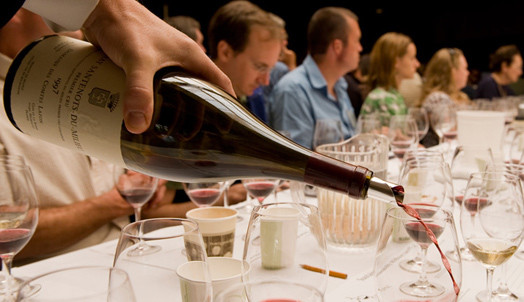
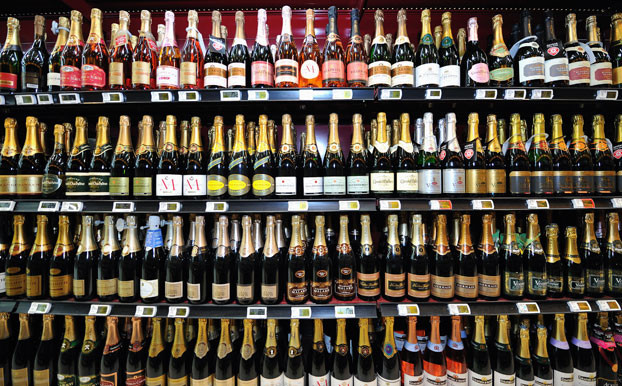
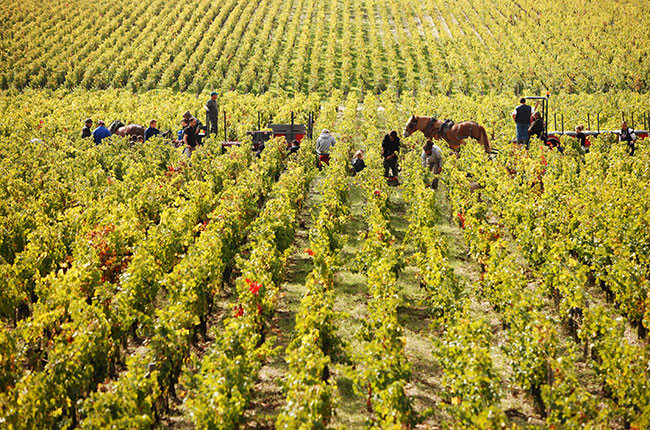
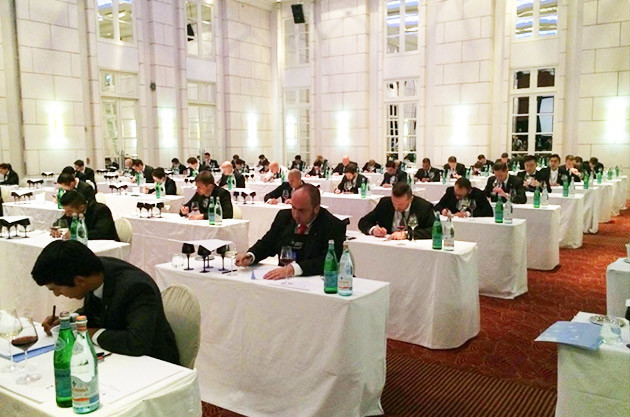
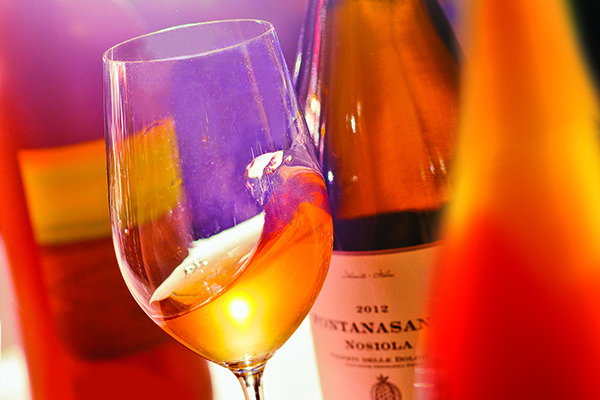
Comments
Submit